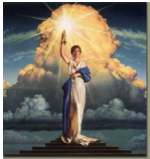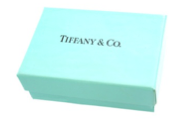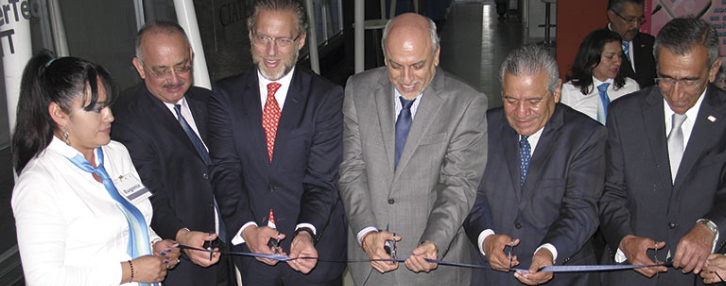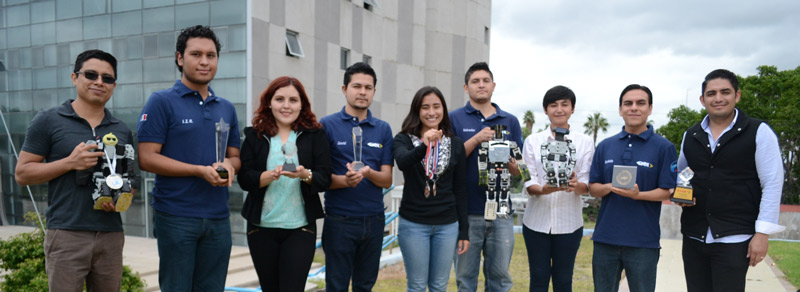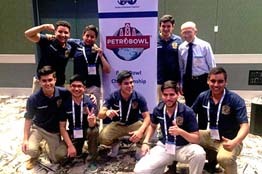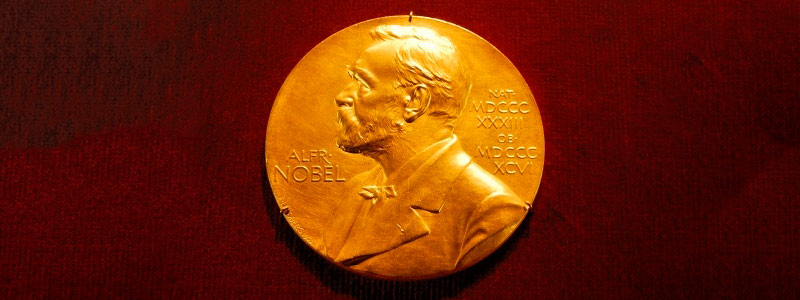By: Arturo Ishbak Gonzalez
Intellectual Property Attorney
Brinks, Gilson & Lione
In response to the new consumers’ trends and needs, companies through their Marketing agencies and/or in-house departments sought different ways to reach consumers in order to distinguish the products they sell or the services they render, this is how the nontraditional trademarks were born.
But before analyzing the nontraditional trademarks in the US, it is necessary to keep in mind the Lanham Act definition of trademark which includes “any word, phrase, symbol, or design, or a combination thereof, that identifies and distinguishes the source of the goods of one party from those of others.”[i] Therefore, the nontraditional trademarks are not excluded in such definition. The only requirement for the owner of a nontraditional trademark is to prove that it distinguishes one source from another and is not functional or descriptive.
The categories of nontraditional trademarks are color, flavor, tactile, scent, and sound marks. Nontraditional trademarks require secondary meaning to be registered in the Principal Register. However, undistinctive nontraditional trademarks may be registered on the supplemental register.
- Color Marks.
Color alone can be registered and protected in the same manner as a traditional word or logo trademark. Color marks consist exclusively of one or more than one color on a certain product, on all or part of the product itself or on all or part of its packaging.
Color per se cannot be inherently distinctive. In order to receive trademark protection, therefore, a color must gain acquired distinctiveness, otherwise known as secondary meaning. The Trademark Office (USPTO) advises applicants for color marks that a statement of long-time use is not sufficient to show acquired distinctiveness; instead, the applicant must demonstrate that the color has “acquired source-indicating significance in the minds of consumers.”
- Scent Marks.
Distinctive, non-functional fragrances are eligible for federal trademark registration. The Trademark Trial and Appeal Board (TTAB), held that there was no reason that a scent could not identify and distinguish certain types of products. Thus, the Board allowed registration of a mark that consists of a cherry scent for synthetic lubricants for high performance racing and recreational vehicles. Scent marks are not registrable on the Principal Register without acquired distinctiveness.
- Flavor Marks
In order to serve as a trademark, flavor, must be nonfunctional. In a USPTO rejection for a trademark application for orange flavor for “pharmaceuticals for human use, namely, antidepressants,” the TTAB affirmed the refusal to register it on the grounds that the taste failed to function as a mark. However, nothing in the opinion indicates that taste could never function as a mark.
- Tactile Marks
Tactile sensations, if sufficiently distinctive, may function as trademarks. Tactile marks may be inherently distinctive. Singer Stevie Wonder has registered marks in raised Braille dots such as these, which translate to STEVIE WONDER, for entertainment services and clothing:
- Motion Marks
A trademark may identify and distinguish goods by using images in motion. Two types of trademarks use images in motion. In one, the marks are essentially traditional logo marks but with the added dimension of movement, and they may identify and distinguish goods on a television, movie or computer screen. Another type of motion marks is live action marks. These may include hand gestures, live animals, spurts of water or anything else one’s imagination can dream up.
- Sound Marks
Sound marks that are unique or different may be registered on the Principal Register without evidence of acquired distinctiveness, but sounds “that resemble or imitate ‘commonplace’ sounds or those to which listeners have been exposed under different circumstances” must, in order to be registered, be accompanied by evidence that purchasers or prospective purchasers recognize the sound and associate it with a single source.
In sum, the broad Lanham Act definition of trademark allows the registration of almost anything that identifies and distinguishes the source of the goods of an individual or a company, as long as it is distinctive, not descriptive or functional. Consequently, the imagination and creativity is the only limitation for something to be protected as a trademark.
Arturo Ishbak Gonzalez
NBC Tower, Suite 3600, 455 N. Cityfront Plaza Drive
Chicago, Illinois 60611-5599
Twitter: @ArturoIshbak
[ii] Tiffany Blue, for jewelry and retail store services.
[iii] The mark consists of a moving image of a flash of light from which rays of light are emitted against a background of sky and clouds. The scene then pans downward to a torch being held by a lady on a pedestal. The word COLUMBIA appears across the top running through the torch and then a circular rainbow appears in the sky encircling the lady.

